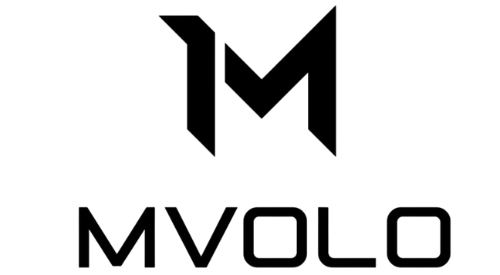Red Light & Infrared Therapy for Acne, Rosacea, Eczema
Deel
Acne, rosacea, eczema—these common skin concerns can deeply affect our self-esteem and everyday comfort. As dermatology continues to evolve, new treatment options are emerging. Among them, red light and infrared therapy are gaining attention for their ability to support skin health without invasive procedures or harsh side effects. Below, we explore how these light-based therapies work and why they may offer relief for some of the most stubborn skin issues.

Acne: Inflammation Relief and Oil Balance
Acne develops when pores become blocked with oil and dead skin cells, leading to inflammation, redness, and breakouts. While traditional treatments like antibiotics and topical retinoids have long been the norm, they can often result in side effects such as excessive dryness or irritation.
Red light therapy provides an alternative approach. It uses wavelengths that penetrate into the skin to support the body’s natural healing. This includes stimulating ATP production (cellular energy), which encourages skin repair and reduces inflammation. Red light has also been shown to help manage sebum levels and target acne-causing bacteria such as Propionibacterium acnes.
If you're curious about how this works in practice, you can explore more insights in our deep dive on red light therapy for acne, rosacea, and eczema.
Rosacea: Easing Redness and Sensitivity
Rosacea is a chronic condition that causes facial redness, visible capillaries, and sometimes small bumps or swelling. Often exacerbated by triggers like sun exposure or stress, it’s a condition that requires gentle yet effective care.
Infrared therapy works by improving microcirculation, which helps reduce redness and calm irritated skin. Its warming effect can also soothe sensitivity by improving blood flow and encouraging collagen and elastin production—important for skin resilience. You can learn how these light therapies support sensitive skin in this article, which details the calming effects on rosacea and similar inflammatory skin conditions.
Eczema: Supporting the Skin Barrier and Reducing Itch
Eczema, or atopic dermatitis, often appears as patches of dry, itchy, and inflamed skin. It's frequently linked to a compromised skin barrier, which leaves the skin vulnerable to irritants and allergens.
Both red light and infrared therapy play a role in addressing these symptoms. Red light reduces inflammation and supports the skin's healing processes, while infrared light penetrates deeper to ease itch and discomfort. Together, they can help support a more resilient skin barrier, reducing the frequency and intensity of flare-ups.
How Red Light and Infrared Therapy Work
These therapies rely on delivering specific wavelengths of light energy directly to the skin, triggering several biological responses:
-
Cellular Energy Boost (ATP): Speeds up regeneration and repair.
-
Enhanced Circulation: Improves nutrient delivery and toxin removal.
-
Inflammation Reduction: Encourages the production of anti-inflammatory compounds.
By tapping into the body’s natural repair mechanisms, red light and infrared therapy can offer a gentle, non-invasive complement to skincare routines. For a broader look at how this technology is used, check out more content in the Mvolo Mixtape, where we explore holistic approaches to wellness and skin care.






